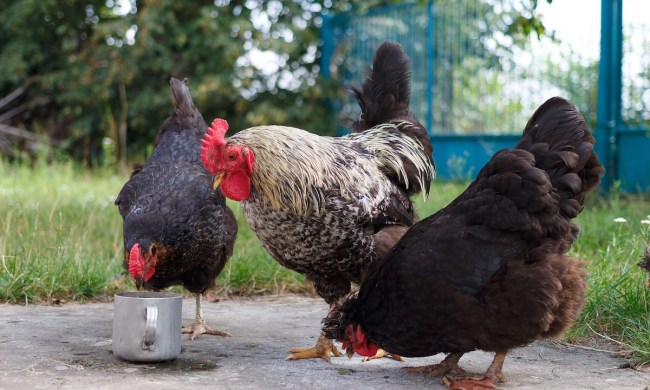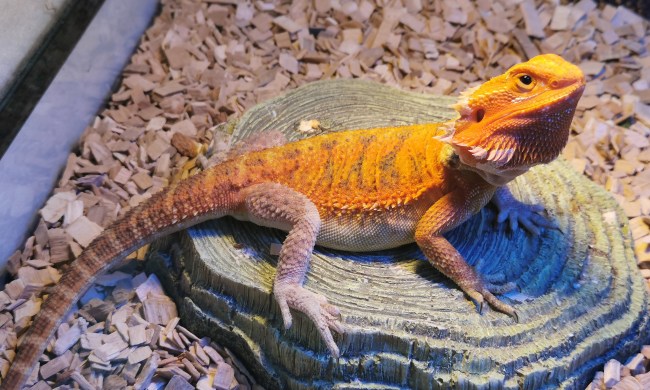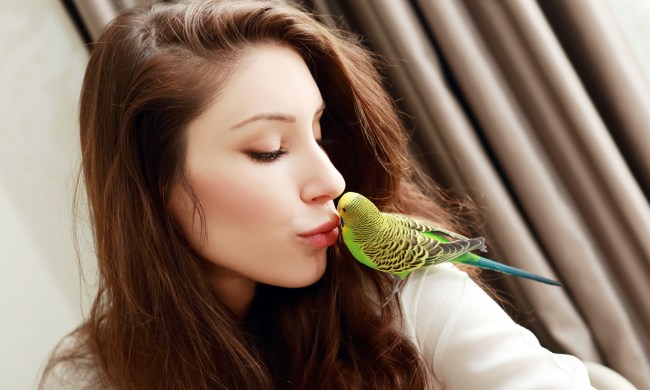Bird feeders come in multiple shapes and sizes because birds do, too. Each feeder accommodates a different feeding style, and many are enticing to a particular species. Before setting up your feeders, think first about what kinds of flyers you want to attract — and which ones are likely to oblige. Then, once you have a good bird-watching list, scout out the right locations and the best feeders to attract them. You can put out all these for the widest array of visitors or focus on a few types and get the best setup for just those eaters. Here are the six best bird feeders and what feathered friends you’ll probably see feeding at them.
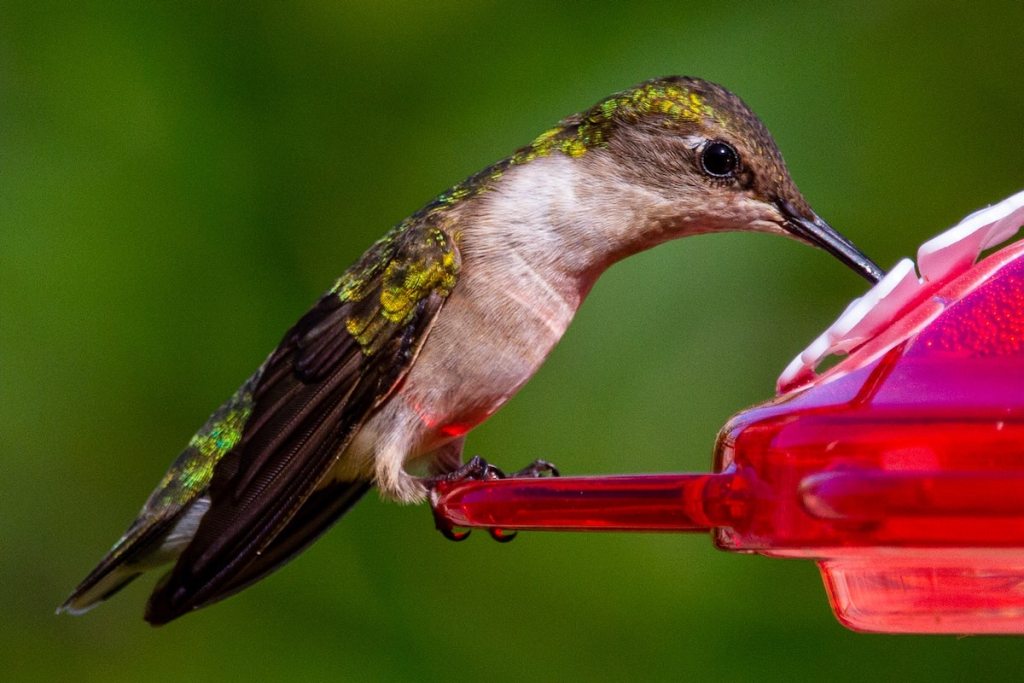
What are the different types of bird feeders?
You probably have a bunch of different dishes in your home — plates, bowls, maybe a gravy boat. Our avian guests have the same needs. After all, some birds eat seeds, some animal fat, some flowers, and some nectar. Take a look through these top types and figure out which one — or ones — belong in your yard.
Hummingbird feeders
Putting up a hummingbird feeder all but ensures you’ll add a splash of color to your life. This one will bring in gorgeous birds and look nice in the window. Of course, the drawback is that you need to clean it often by hand. Don’t worry: A little soap and water will do the trick, and its glass construction means it will last a long time. Feeding hummingbirds saves your wallet, too, since you can make all the food yourself. Boil 1 part sugar and 4 parts water to create this concoction and refrigerate any left over right away. It’ll take your neighborhood birds a minute to find their new restaurant, but once they’ve discovered it (and given a rave review to their friends), you’ll never run out of visitors, provided you keep the food flowing.
Hopper feeders
This is a classic bird feeder that adorns nearly every yard at one time or another. You’ll get large birds — and probably large squirrels — as regulars at this one. Try hanging it from a strategic spot or mounting it on a pole to avoid squirrels, but that might be a losing battle. Instead, focus on attracting the birds you do like with the proper seed for them (don’t forget to keep it full). We suspect you’ll spot a menagerie here, especially jays and cardinals since it’s welcoming to bigger animals. Unlike the hummingbird feeder, you won’t bring this one indoors often, and should make sure it’s reachable by hose or bucket for proper cleaning.
Tube feeders
The smaller birds of the community will thank you for this tube feeder, as the little perches and openings go well with tiny feet and beaks. Watch for a mix of sparrows, chickadees, and titmice who enjoy having a spot of their own, and look at purchasing a blend that encourages them. However, a small feeder means you have to fill it regularly. It might take a few weeks, but you should get an idea of how often the birds start begging for a refill. Finding a spot can prove tricky because you never know when the guests of honor will alight on the other side. Place it between windows to best see every angle.
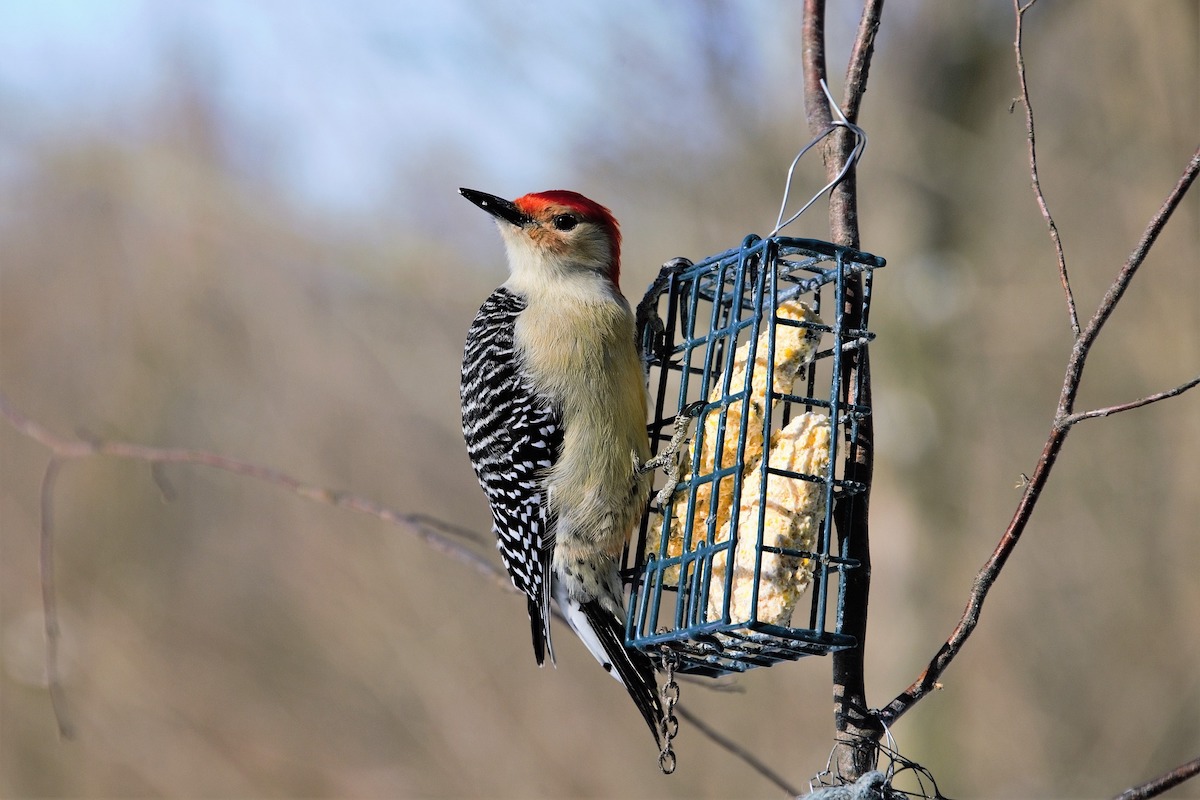
Suet feeders
Many hoppers can actually be combined with suet feeders, drawing a wider group of birds to an area. But putting up some suet on its own works, too. Keep in mind, you mostly want to provide these meals in the winter months and can swap in fruit when it’s warmer. Suet gets messy, and this feeder will need to get soaked and scrubbed indoors in winter so it doesn’t start to grow bacteria. You’re sure to spot all kinds of woodpeckers eating at the fat during the cold days and may glimpse an early-morning oriole or robin when fruit’s on the menu.
Tray feeders
Juncos and blackbirds will hop up to this platform for breakfast, lunch, and dinner. Tray feeders provide one of the best viewing experiences since there’s no contraption to block the birds, and that can make cleaning easier as well. But the big issue with the platforms is that the food stays open to the elements at all times. Luckily, the trays aren’t too deep, which means refilling becomes a daily thing. Toss old seed that may have gotten wet; that’s a breeding ground for mold, some of which is harmful to our bird friends. Assuming your feeder attracts a lot of birds, you should have no problem getting them to eat the day’s offerings in a timely fashion.
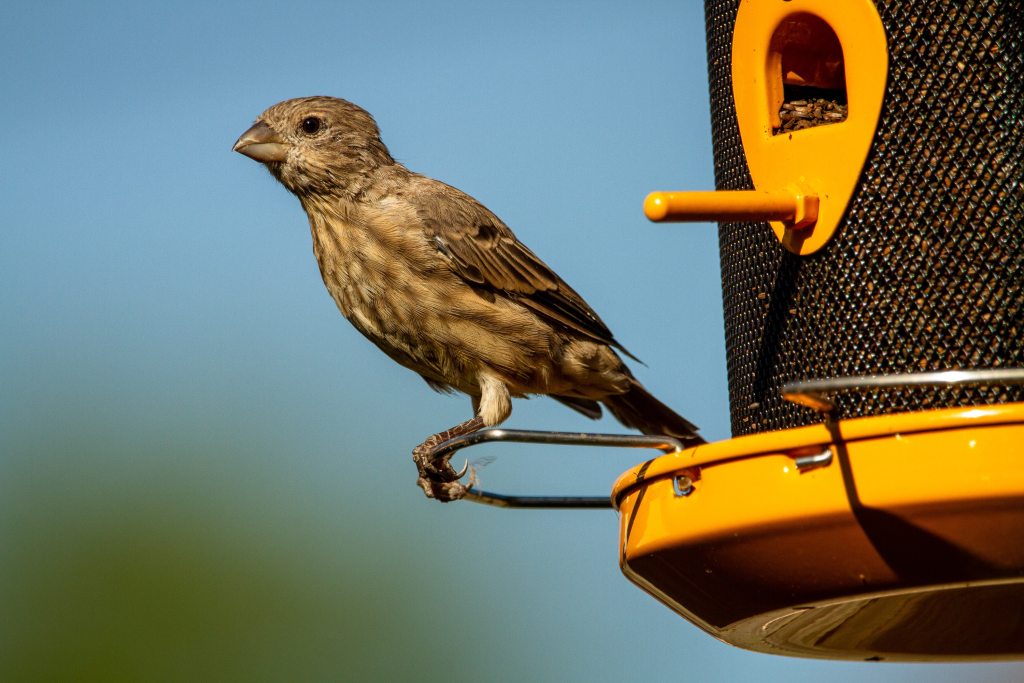
Nyjer feeders
Nyjer, or thistle seed (say that 10 times fast), encourages finches to visit since it contains a lot of oil, which provides much needed energy to little birds. Unlike that almost-free hummingbird food, though, it can cost a pretty penny to keep this one stocked. It’s important to pick a feeder that holds the seeds in well so the birds don’t waste it. Amazingly, the squirrels leave this one well alone as they don’t have much interest in the flowery seeds that finches chow down on.
Welcoming our feathered friends with the best bird feeders means taking in a few squirrels and chipmunks as well. While some anti-mammal feeder contraptions may work, those pesky critters keep finding new ways to come back. That’s why we recommend avoiding the pricier options that say they’re squirrel proof. Instead, choose a good location where a squirrel will have trouble climbing or jumping up to the feeder. Or invest in finches and hummingbirds who eat foods that most mammals won’t want to munch on anyway.

